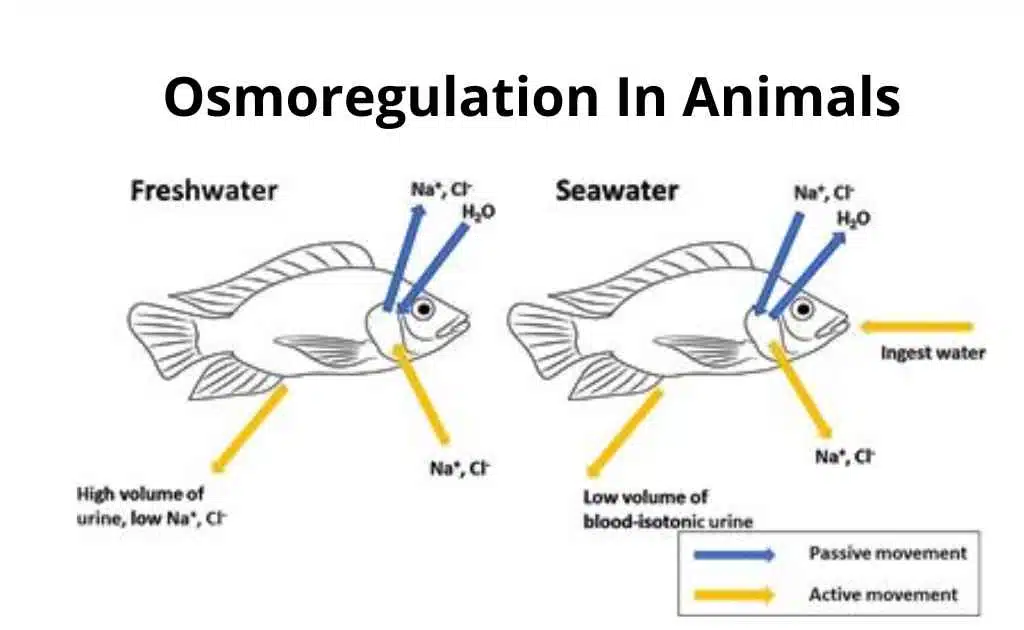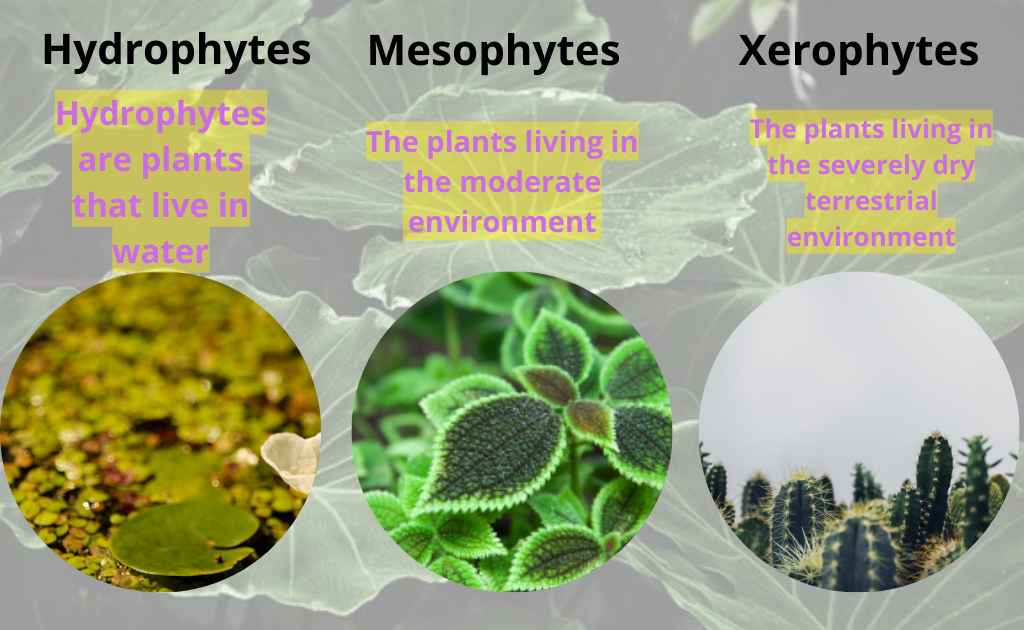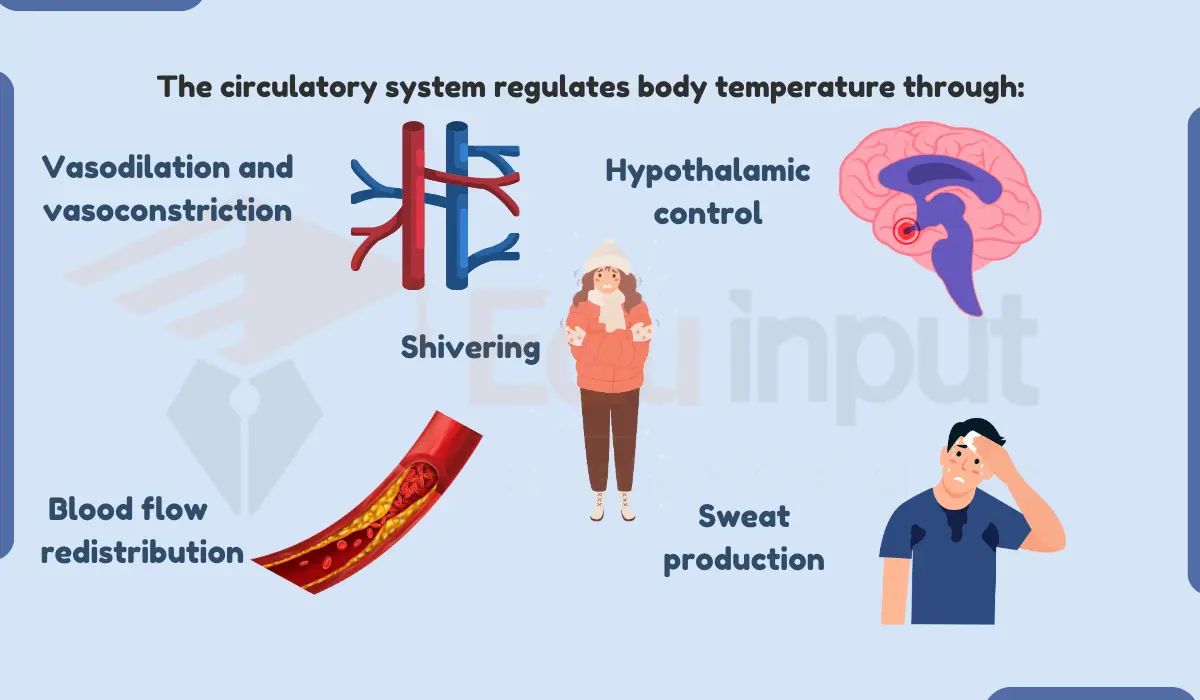Osmoregulation In Animals | Types Of Organisms Based On Water And Salt Balance
Animal cells need a more critical balance of water and solutes in the body. Water is essential to survival. They need both water gain and water loss. Osmoregulation in animals is the most important feature, they regulate body temperature, and maintain proper blood pressure. The kidneys play a key role in regulating blood volume and maintaining proper fluid levels.
Our bodies make a lot of bodily fluids, including urine, sweat, tears, saliva, mucus, bile, and Pancreatic juices. The fluids contain important vitamins and minerals that the body needs to survive.
Our bodies are designed to keep the water levels under control. The correct amount of water in our bodies is the responsibility of the kidneys. What happens when this happens? The human body and its relationship to liquids are some of the basic facts we can learn about.
Our bodies are composed of approximately 60% water. Water plays several important roles within our bodies. For example, it helps flush out toxins, maintains blood pressure, and keeps muscles hydrated.
It is possible for water to continuously enter or leave the cell. The quantity of water and the solute is not out of balance.
Types Of Organisms Based On Water And Salt Balance
There are two different approaches to maintaining this balance;
1. Osmoconformers:
Osmoconformers are animals that do not need to adjust their internal osmotic state. The body fluid of these animals is not affected by the environment. They have body fluid that is isotonic to marine and saltwater environments.
2. Osmoregulators:
The osmoregulator is the animal that adjusts its internal osmotic state according to the environment. Their fluid concentration is different from the environment. They discharge water into the environment. They excrete salt in a hypertonic environment. They can regulate osmotic balance in the environment.
Osmoregulation in Different Environments
Here are categories of organisms based on their environment;
Marine environment
It involves;
Marine invertebrates:
Most marine invertebrates are osmoconformers.
Hag fishes:
The hagfishes keep their environment isotonic to the surrounding seawater.
Cartilaginous fishes:
They maintain a lower internal salt concentration. Their organs excrete salts for osmoregulation. They have organs that are salt-secreting. The fishes use transport mechanisms. It takes salts away from the osmotic concentration.
Read about Skin of Fishes

Urea retaining marine fishes:
Some fishes have fewer salts in their fluids. They retain urea in their concentration. The fluid is hypertonic to the water. Urea is harmful in high concentrations. These fish have a chemical called trimethylamine oxide. The compound protects the fish from the harmful effects of urea.
Boney fishes:
The bony fishes evolved from their freshwater ancestors. They eventually become marines. In a hypertonic environment, they lose water from their hypotonic body fluids. The people drink a lot of water. They excrete urine concentrated. They excrete salts but don’t have enough water.
Freshwater animals
Freshwater animals face problems similar to those faced by land animals. They must cope with high levels of salt and they have to deal with the loss of water through evaporation. To survive these challenges, they have developed various strategies.
Some species produce concentrated urine that can remove much of the salt. Others have special glands that excrete salty sweat. Still, others have special organs that allow them to breathe air instead of water.
- They compensate for this loss of salt by these adaptations.
- They eat salt-containing foods.
- They also uptake salts by active transport through gills and skin.
Terrestrial Environment
Terrestrial animals lose moisture through evaporation. This causes them to dehydrate, which can cause problems such as heat stroke or death. Insects and amphibians have successfully adapted to living on land. They have the following features to help them survive:
Terrestrial animals lose moisture through evaporation. This causes them to dehydrate, which can cause problems such as heat stroke or death. Insects and amphibians have successfully adapted to living on land. They have the following features to help them survive:
1. The insects have a waxy exoskeleton.
2. The terrestrial vertebrate animals have dead multi-layered skin. These layers are made of keratinized skin.
3. They drink and eat moist foods. It compensates for the loss of water.
4. These animals have physiological and behavioral adaptations to living in arid environments. Some desert mammals like Kangaroo Rats can survive without drinking water. They feed on seeds of desert plants, which contain more carbohydrates. The metabolism of carbohydrates produces water.
5. The terrestrial vertebrates (animals with backbones) possess kidneys. The kidney is an organ located near the bottom of the abdominal cavity.
The function of the kidney is to remove waste products from the blood. To do so, the kidney filters the blood and removes certain substances such as urea. Urine then passes through the ureter into the bladder where it can be stored until it is needed.
6. These terrestrial creatures have developed different ways to endure drought. Anhydrobiosis is the ability to withstand extreme conditions without dying.
Frequently Asked Questions-FAQs
What are the types of organisms based on the osmoregulation?
Animals have two different approaches to maintaining balance. So they are categorized into two types;
Osmocomformers
Osmoregulators
What are the adaptations of terrestrial animals for osmoregulation?
Terrestrial animals show the following Physiological and behavioural adaptations to maintain water and salt balance;
Insects have waxy skeletons.
Vertebrates have kidneys that filter body fluids and reabsorb the water and salts when needed.
They eat moist food.
Some of them have dead skin layer, made up of keratin.
What is the role of kidney in osmoregulation?
Terrestrial animals possess kidneys that help them to keep water and electrolyte balance. The kidney filters body fluids (blood), It reabsorbs water and salts from the blood when there is an insufficient amount of it in the body.
Which organelle helps in osmoregulation?
Vacuoles are thought to be responsible for osmoregulation in fresh water protozoa.






Leave a Reply